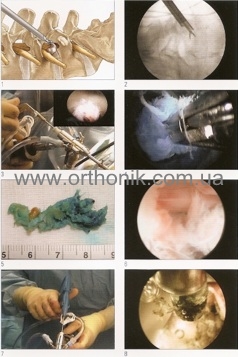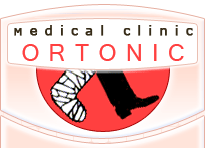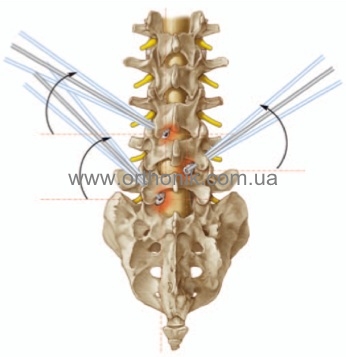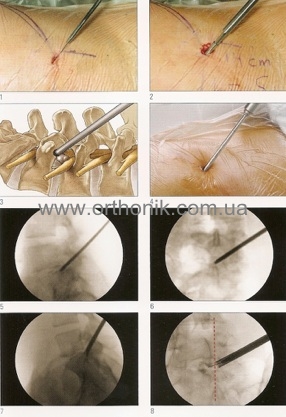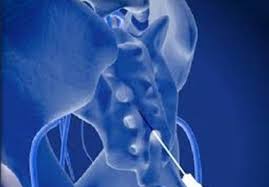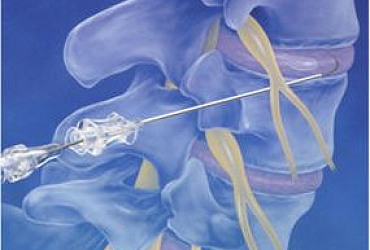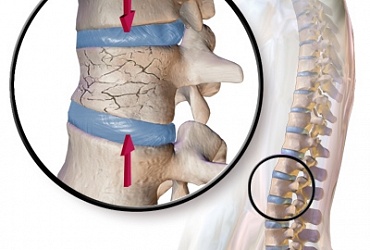Рhoraminoscopy
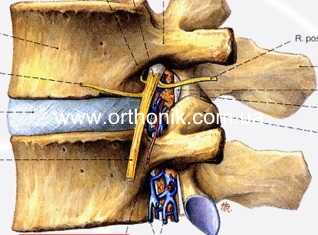
This is one of the newest surgical techniques for endoscopic intervention in the lumbar spine. Passing through the intervertebral opening, the nerve root can be clamped, causing a clinical picture of radiculopathy. The most common cause of compression is the lateral hernia of intervertebral discs. They occur with a frequency of 4-10% among all herniated discs of the lumbar spine. A distinctive feature of these hernias is the difficulty of an adequate choice of surgical technique and the unsatisfactory results of traditional surgical interventions.
Indications for foraminoscopy:
1. Extra-granular prolapses
2. Intraforaminal prolapse
3. Paramedel prolapse
4. Medial prolapses
5. Foramenal stenoses
Advantages of endoscopic foraminoscopy:
1. Minimal damage to anatomical structures
2. Minor blood loss
3. Minimal risk of postoperative hemorrhage
4. Absence of postoperative fibrosis
5. Minimal risk of infection
6. Ability to perform these operations on an outpatient basis under local anesthesia
Planning access
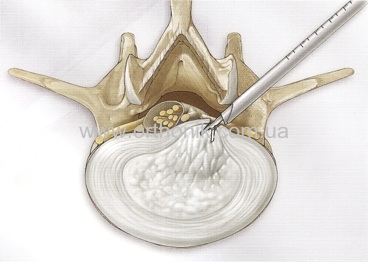

1. X-ray analysis
2. determination of the position of prolapse, severs, stenosis
3. planning the geometry of the endoscopic canal
The position of the patient on the stomach
Position of the patient on his side
Planning access to freely sequestered prolapses
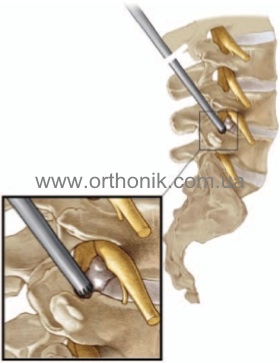
Access Stages
Stages of the operation
